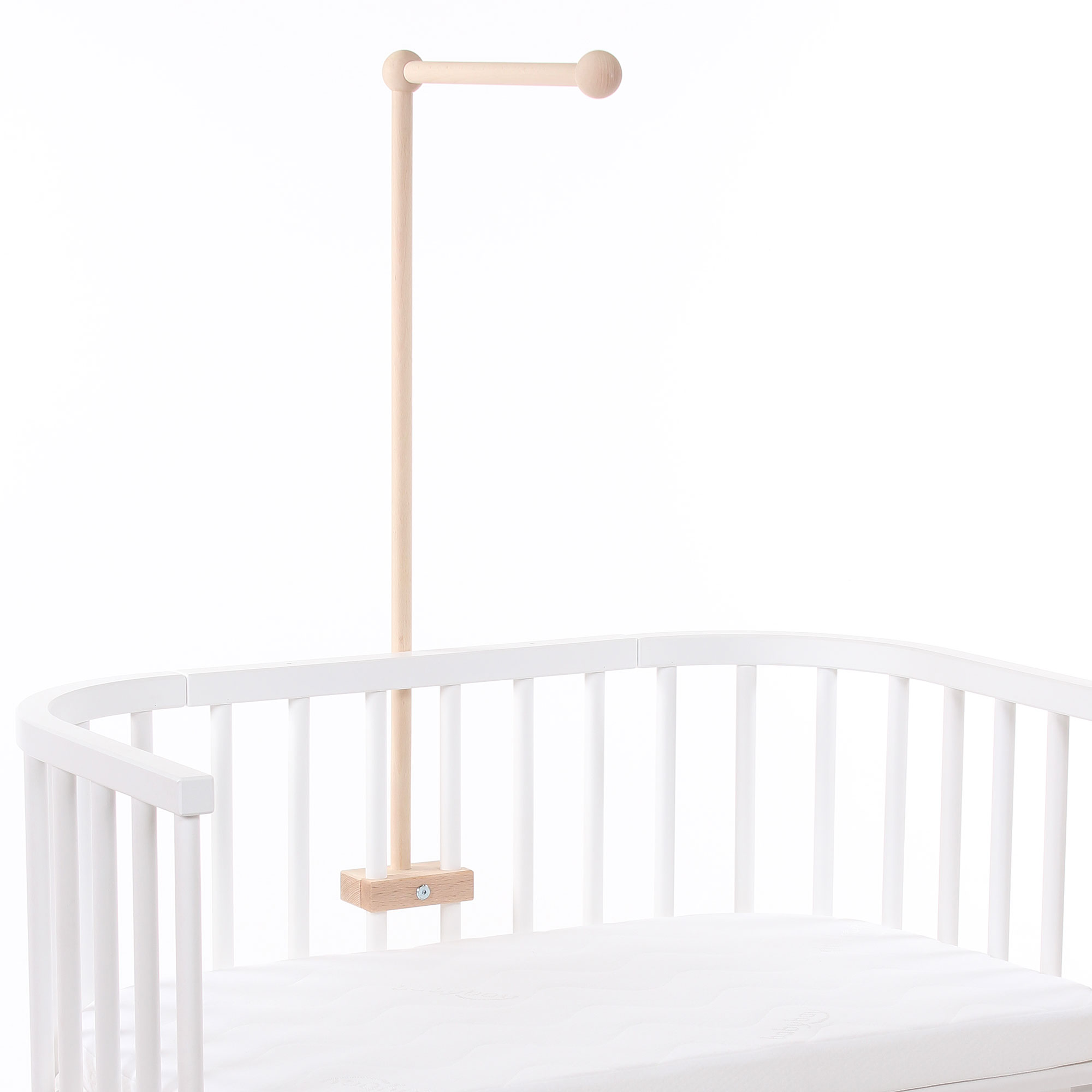When it comes to safe sleep positions for newborns, there’s one that reigns supreme: putting babies to sleep on their back (as opposed to having baby sleeping on side or stomach).
But up until late in the 20th century, there weren’t firm recommendations on what positions best supported baby’s safe and nurturing sleep. That all changed in 1988, when medical societies in the Netherlands began claiming that stomach sleeping could lead to health and safety concerns for newborns.
By 1994, the National Institute of Child Health and Human Development (NICHD) unrolled the Safe to Sleep campaign, a sleep campaign that promoted back sleeping as the only safe position for newborn babies.
So do the initial findings of the Safe to Sleep campaign still hold up? And what happens if you just can’t get your baby to stay in one safe position during the night?
Find out everything there is to know about helping your baby sleep safely and soundly with infant sleep positions.
So What’s the Deal with Stomach Sleeping? Why Isn’t Stomach Sleeping Safe?
In truth, researchers aren’t sure why belly sleeping leads to health and safety concerns. Some studies suggest that when babies sleep on their stomach they are forced to breathe back in their exhaled breath, leading to a buildup of carbon dioxide in their body and a decrease in oxygen levels. This breath pattern could lead to overheating, since it becomes harder for your baby’s body heat to escape when they are taking back in their previously-exhaled carbon dioxide.
However, what is clear to researchers is that back sleeping is the position that best supports your baby’s healthy development.
As studies have found, newborn babies who sleep on their back are less likely to experience stuffy noses, fevers, and ear infections.
And while newborn babies who sleep on their stomachs tend to be less reactive to noise, experience less need for movement, and often drift into longer periods of deep sleep during the night (all of which might sound like welcome news to parents wanting to get some much-needed shuteye themselves!), this lessened responsiveness comes with risks.
When your newborn baby is less reactive while sleeping, they’re more likely to get stuck in an unsafe position when they sleep.
This is why putting your baby to sleep on their back offers a level of confidence in baby’s safety that other sleep practices and positions don’t allow.
What About My Baby Sleeping on Side? Is That One of the Safe Sleep Practices?
Experts recommend that babies steer clear of sleeping on their side for one simple reason: when your baby falls asleep on their side, it’s easier for them to roll onto their stomach.
Though there’s no way to prevent your newborn baby from side sleeping, you can start by ensuring that you’re always putting your baby to sleep comfortably on their back. If they turn over during the night, simply roll them back over and let them continue to rest.
Sleeping close to your newborn baby during their first months of life—by participating in safe co sleeping and room sharing—can help you keep a close eye on your baby as they fall asleep. It can also make it easier to recognize unsafe sleeping positions and adjust your baby’s sleeping habits throughout the night.
In fact, the American Academy of Pediatrics recommends room sharing with your newborn baby for at least the first six months (and ideally the first year) of their life as a way to quickly respond to any concerns and ensure their healthy development.
When Can I Stop Worrying About My Baby Sleeping on Side or Stomach?
Stomach and side sleeping stops being a concern for babies once they are able to easily roll themselves out of an unsafe position. If your little one is able to easily roll back-to-tummy or tummy-to-back, then it may be a sign that you can ease up on your concerns about their sleeping position.
Babies usually develop this skill around 12 months of age.
Until it’s clear that your baby has hit the necessary developmental milestones, you should continue to promote back sleeping by putting them to rest in that position when they go in the crib.
I’ve Heard My Baby Might Choke While Back Sleeping. Is That True?
Some parents worry that back sleeping might promote choking or vomiting by making it hard for babies to clear their throat when fluids come. Fortunately, research has found that healthy babies are able to rely on their natural coughing reflex to easily clear their throat.
Because of the position of the trachea when babies sleep on their back, fluids also have to fight gravity to get from the stomach to your baby’s mouth. This actually makes choking less of a concern, since fluids have a more difficult path to follow when going up your baby’s throat.
What’s the Best Way to Support Safe Sleep Practices As Babies Grow?
It’s easier to be aware of your baby’s sleep position—and support safe sleep practices!—when you’re able to keep a close eye on your little one.
Sleep tools like a safe co sleeper, bedside crib, or bedside bassinet let you catch rest while being within arm’s reach of your baby, making it easy to shift your little one’s position if you see baby sleeping on back or on stomach.
So they are able to sleep safely–while you feel peace of mind all night long.












